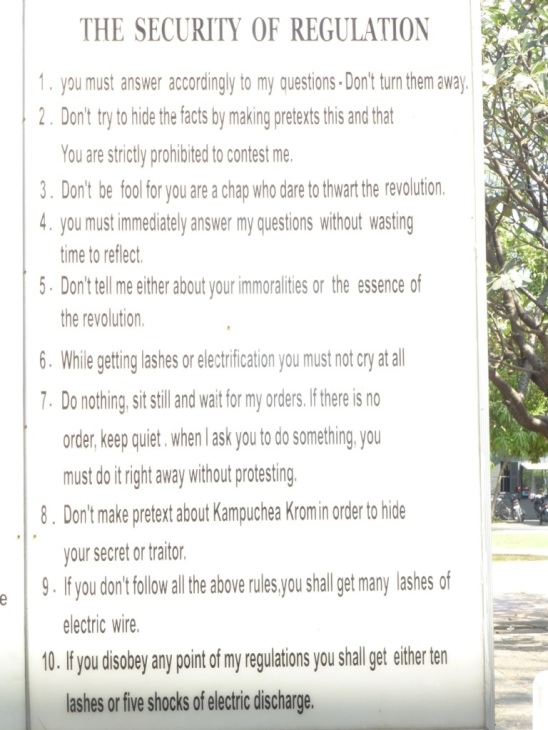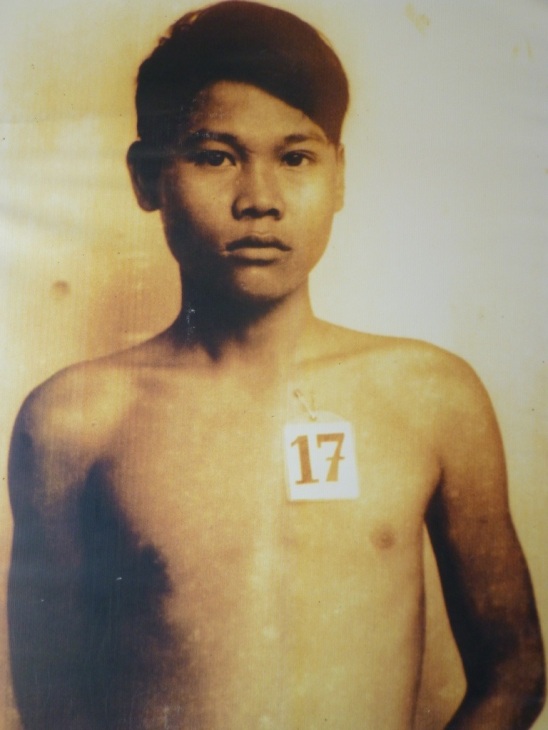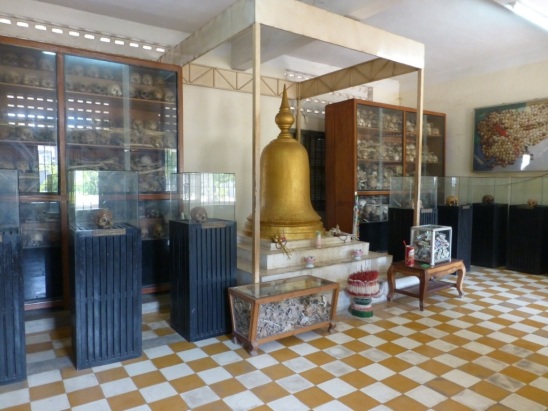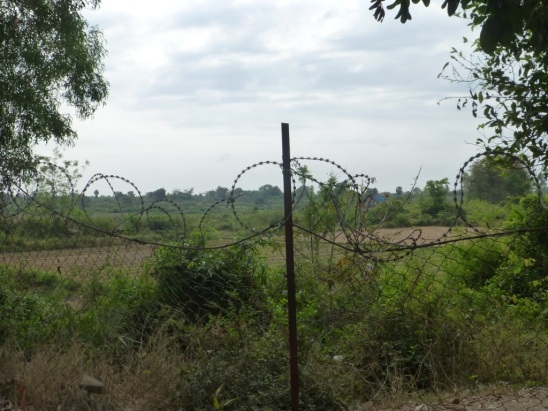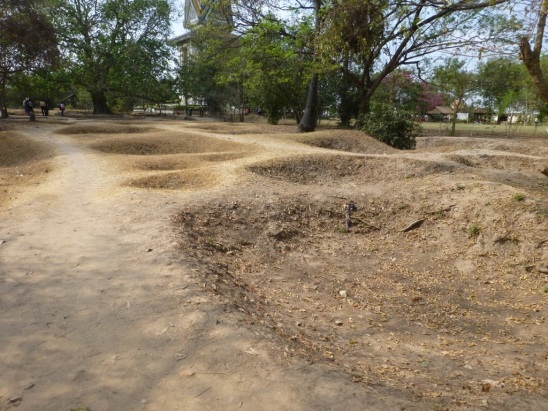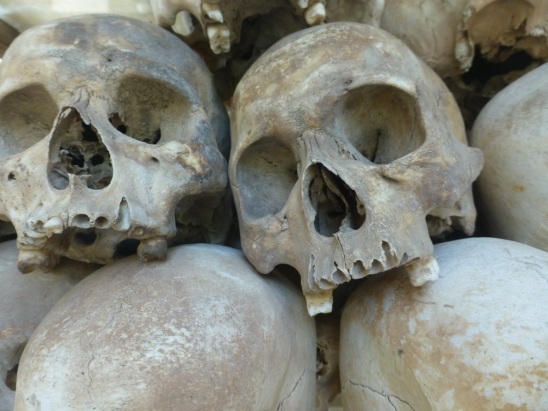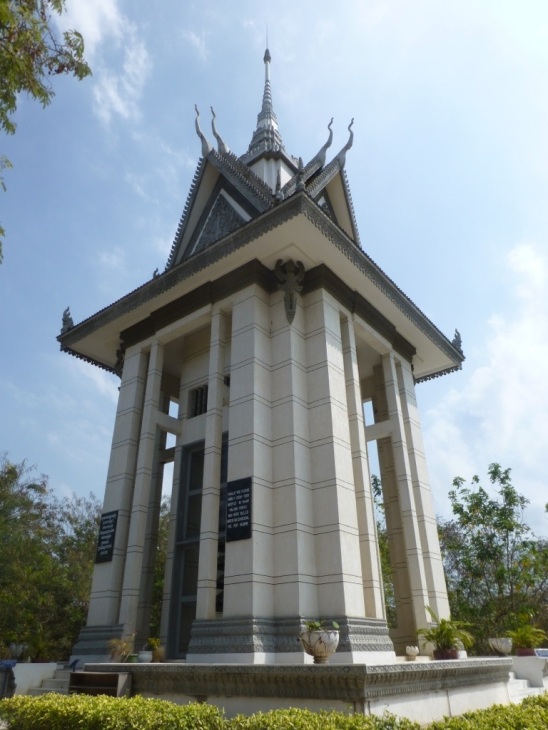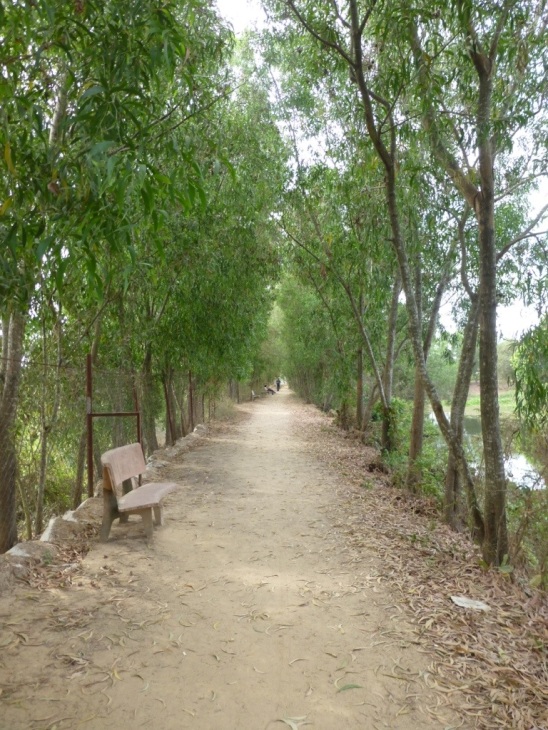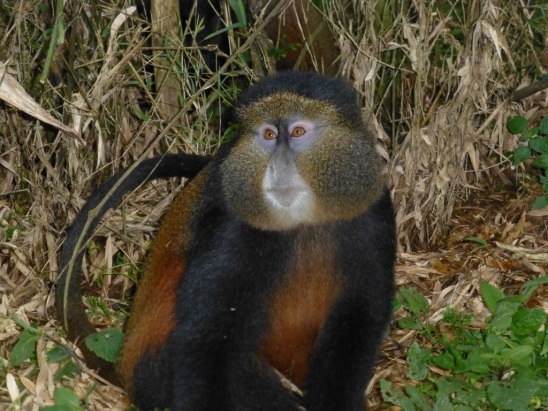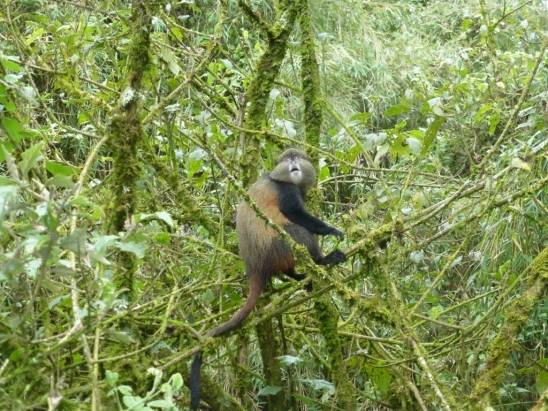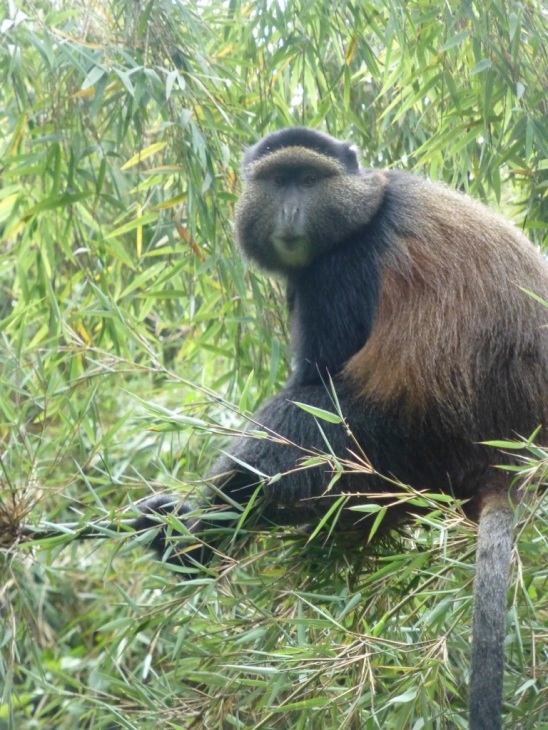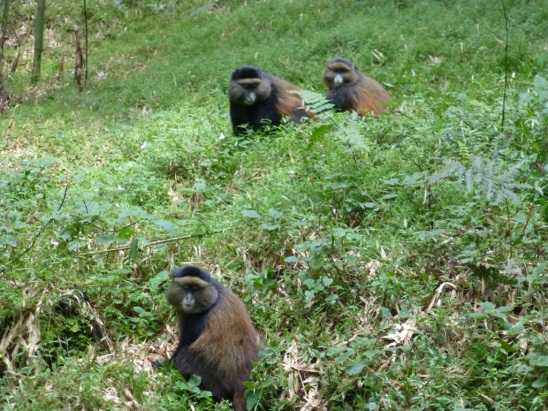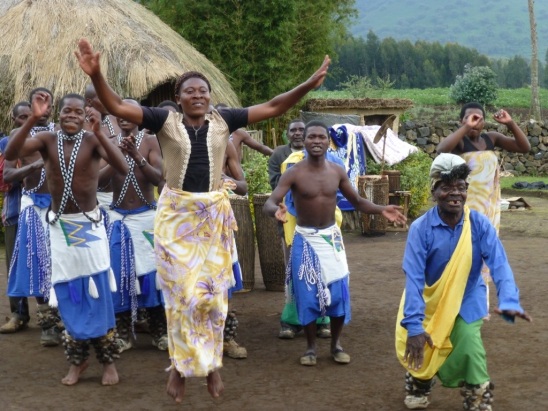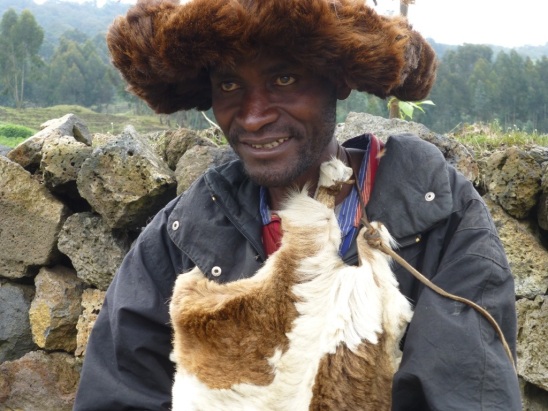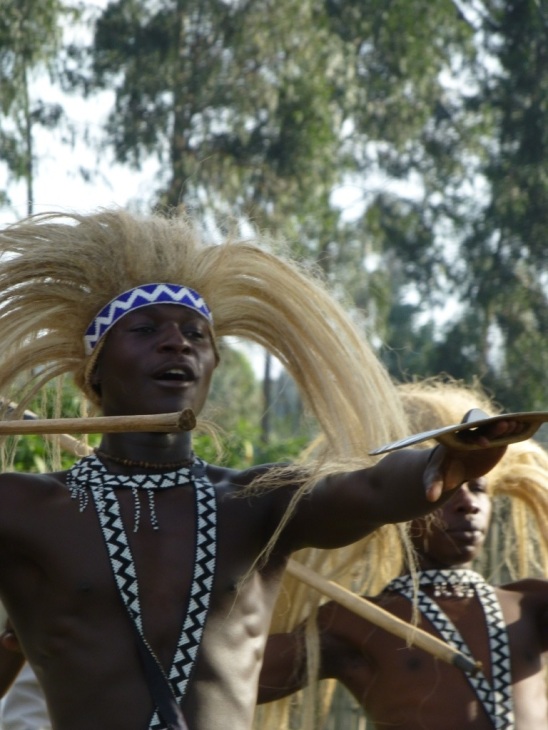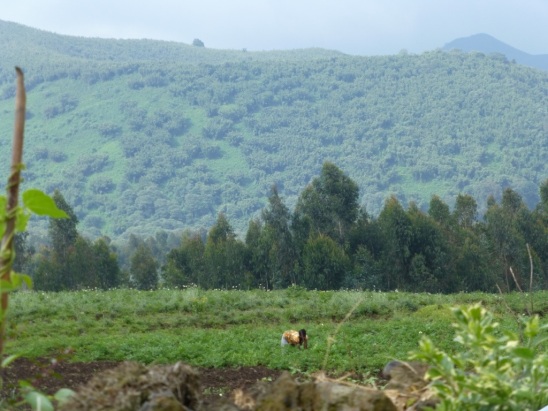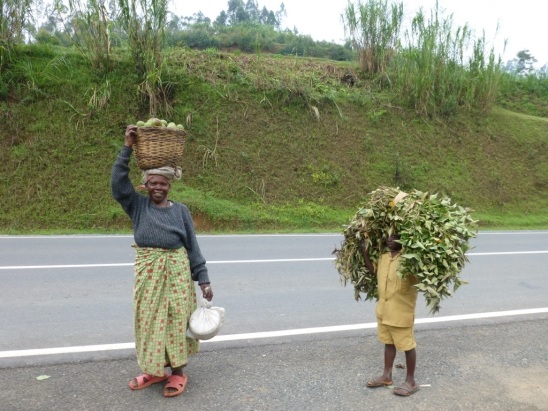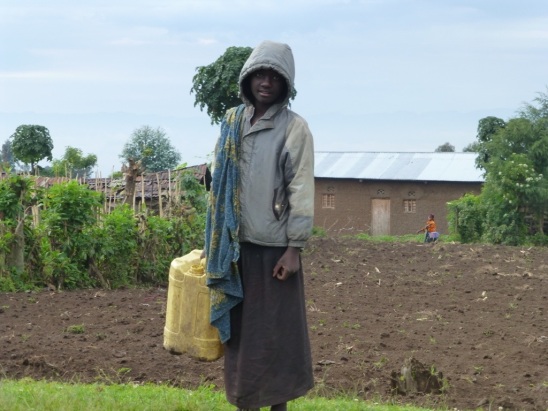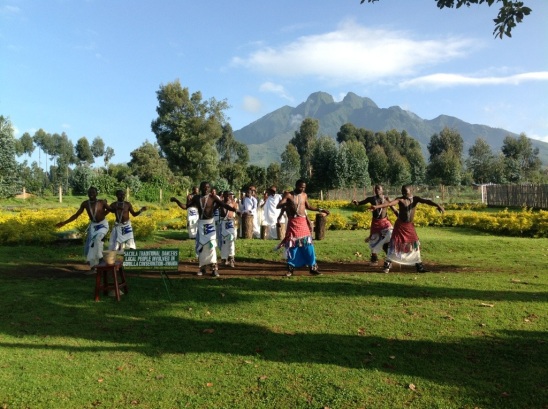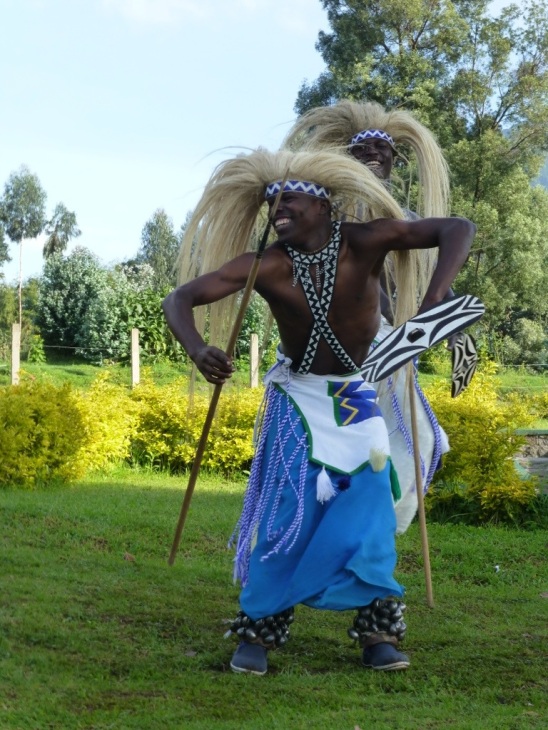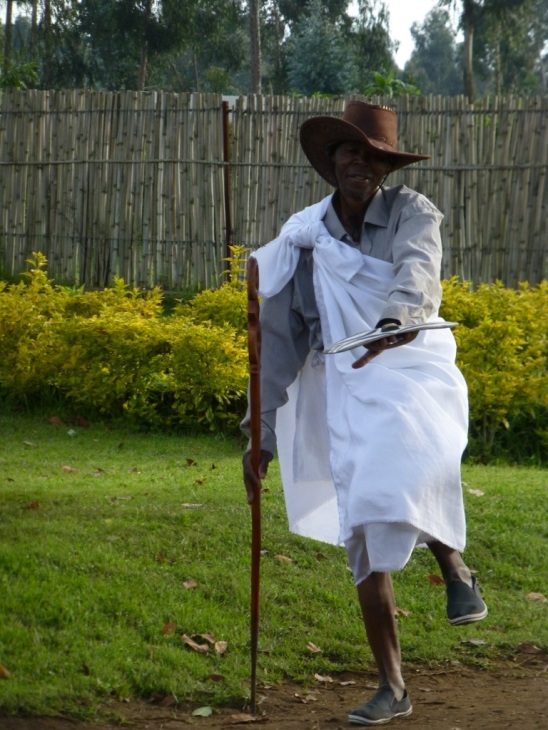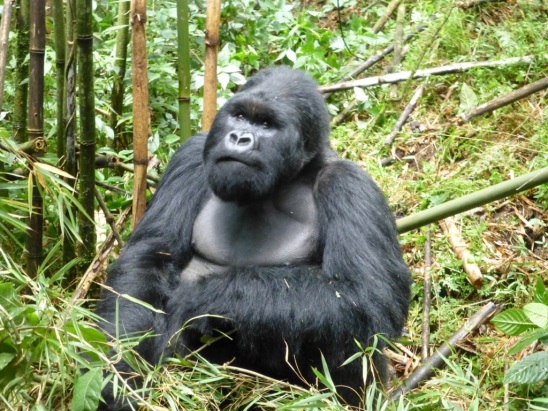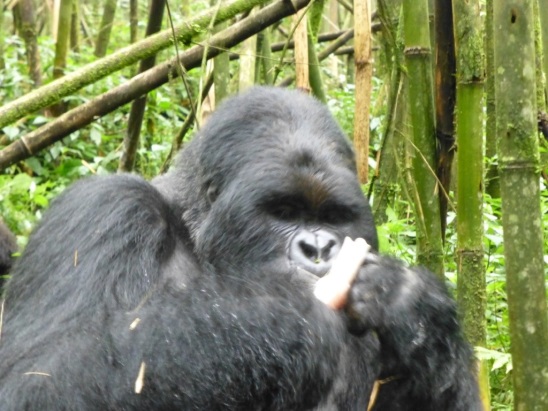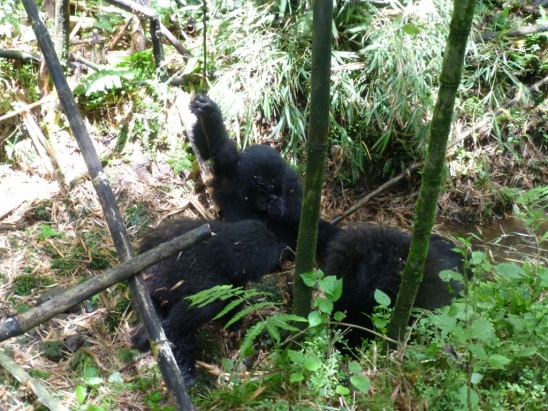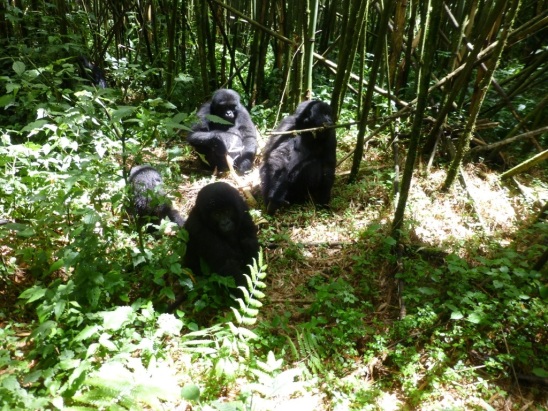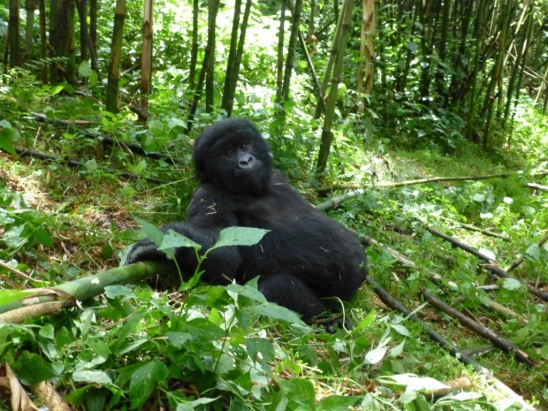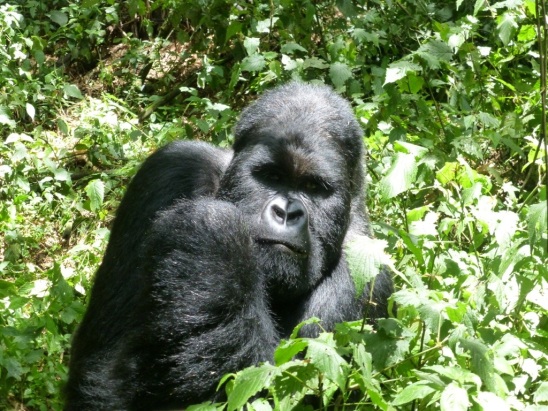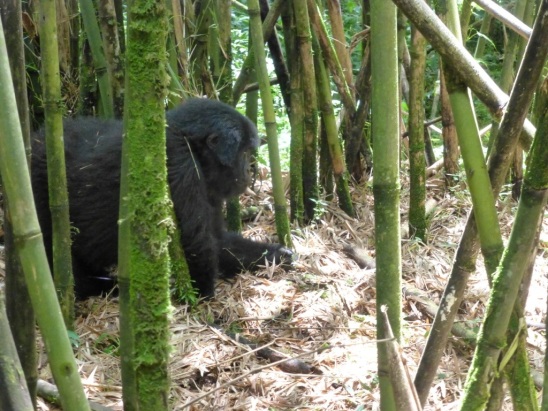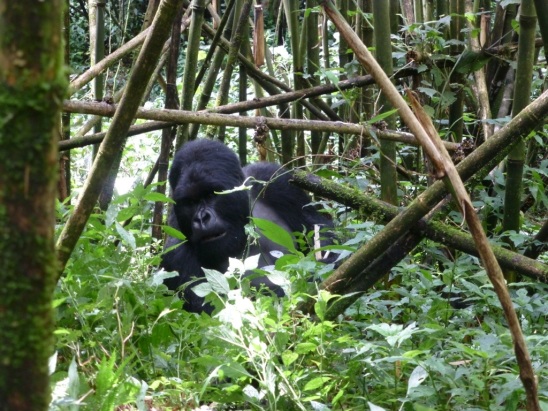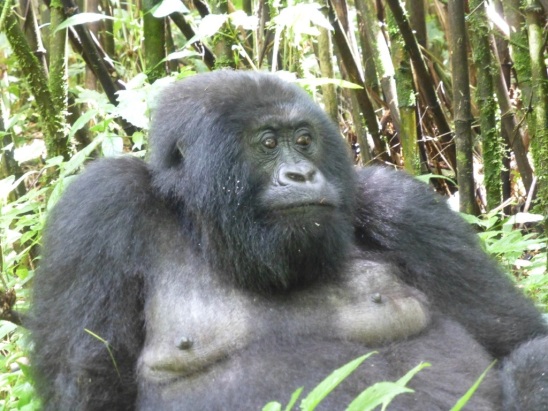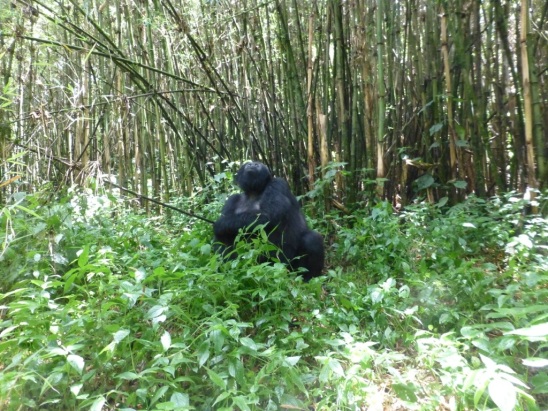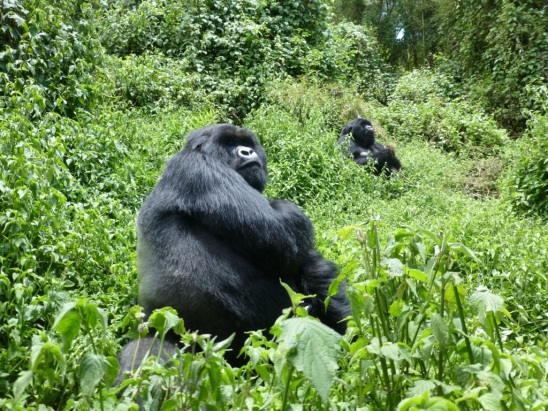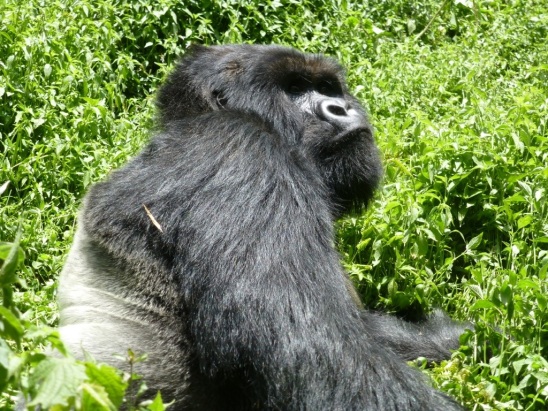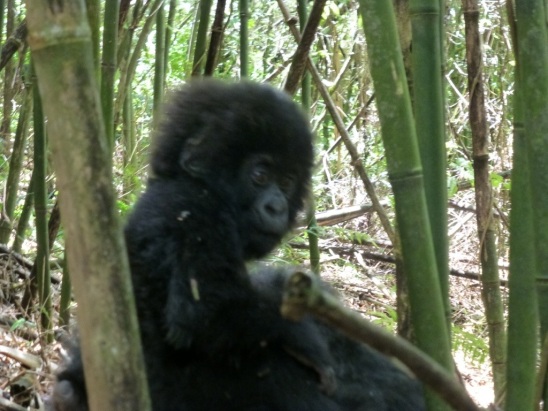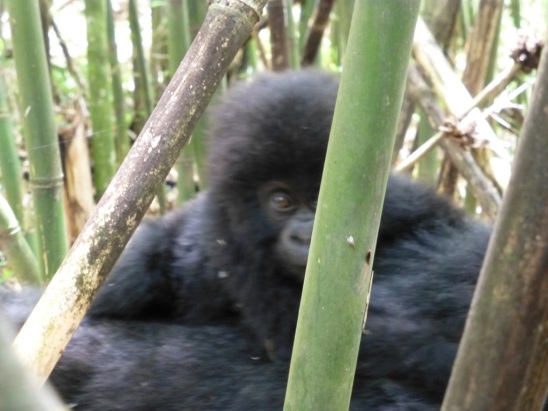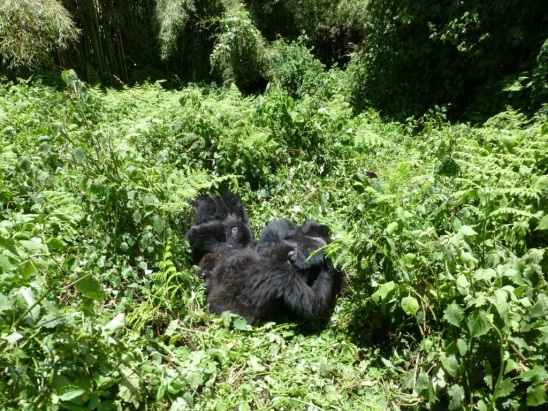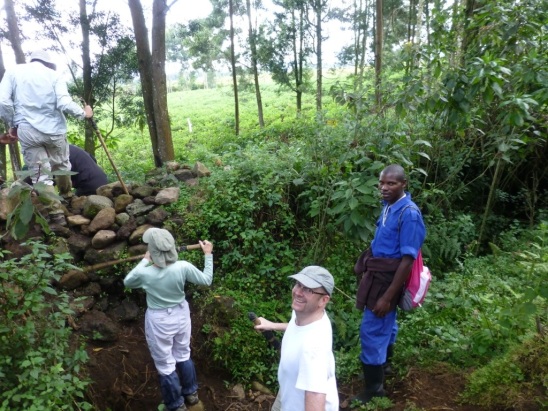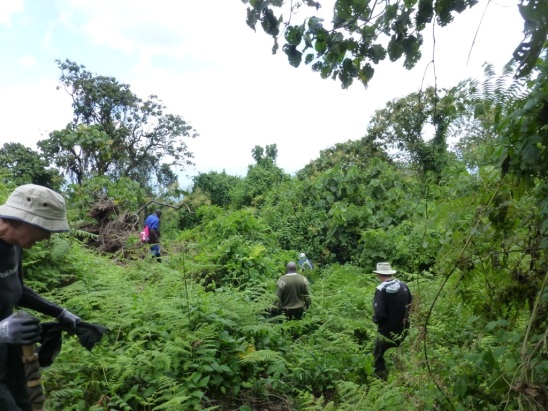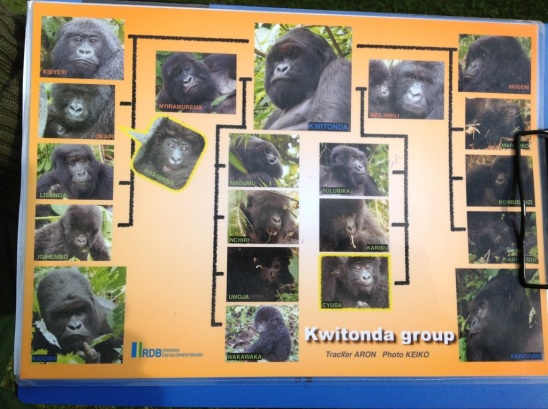Posts tagged ‘Rwanda’
The Red Khmer
When I was in grammar school, in a land I did not know, a horror overcame an entire country called Khmer Rouge. The Khmer Rouge was the political party that won a revolution and their leader Pol Pot began a harsh rule to cleanse an entire nation. In four years he would be responsible for the deaths of two to three million of his own people. More than a quarter of his countries population.
Anyone who was educated or appeared educated were especially vulnerable. Schools and places of worship were closed and many in these institutions were executed. Teachers, monks, artists, doctors, business men and those with “soft hands” or who wore glasses, giving the appearance of being educated, were especially vulnerable. Children were executed with the parents because Pol Pot did not want the children to grow up with revenge against the government in their heart.
Complete cities were evacuated to camps to work in the field since city dwellers were also a root of evil. Families were separated.
Peasants from the country were Pol Pot’s heroes. However, even the peasants were treated harshly. People did not have enough food. The only religion the people needed was the new government.
As I walked up the steps at S21, a high school that was turned into an interrogation center and prison, my mind flashed to when I was a principal walking up the steps of our high school. As I walked the stairs, I thought about the principal and the teachers who worked here. ‘Did they live long enough to see what the new government would do to their students…their colleagues? Could they do anything at all before dying? How can anyone do this to children?’ As I walked from classroom to classroom little was left to the imagination as photographs of the executed were hung about. Pot instructed, “Better to kill an innocent then let an enemy survive.”
People were interrogated and tortured for hours everyday. They pulled out their finger nails from their hands, used electric shock, beat, hung them upside down and dunked them into water and cut them open with tools that should be used only for farm work.
Officials hauled truckloads of their countrymen to be executed in killing field locations all over this country. At times the victims would have to dig their own grave pits before they were knelt down beside the pit and executed.
In addition to S21, I visited one of the killing fields. After going to Rwanda just a few months ago I was going to bypass this place. I was not sure if my heart could bear witness to another genocide of a people. However, I believe that it is important that we visit, talk and write about these things so that the unthinkable never happens again.
Final Thoughts to Consider–
After Khmer Rouge was driven out by the Vietnamese in 1979, rescuing the people from this hell, the ousted government was still recognize by the UN and many western governments for years. Many governments, including the United States, continued to financially support the Khmer Rouge which had fled into hiding. As I am here in Cambodia, I wonder how our western governments pick winners and losers in these third world countries. I also encourage you to consider:
1) Why our governments are more interested in helping people who are experiencing genocide and crimes against humanity when those people live on a land with great natural resource?
2) When our government choses a side, how do we know they have chosen correctly?
Rwanda & The Gorillas
We wake up early and set off for a quick breakfast. As I walk to the main lodge I see the beginning of the sunrise on two of the five volcanos that circle this area. The air is crisp with a slight fresh chill. The morning treks all leave the hotels early to get to the park headquarters shortly after six-thirty in the morning. As we leave our Land Rovers we follow the sound of the drumming. Local villagers entertain the trekkers, excited for the day, with traditional song and dances. Meanwhile our drivers work with the rangers to assign us to our trekking groups. In the background, we see Sabyinyo or “Old Man’s Tooth”.
The borders of three country are on this volcano. Rwanda, Uganda and the Democratic Republic of Congo (DRC) all share this volcano. These three countries are also home to the nearly seven-hundred and fifty mountain gorilla’s left in the world. The mountain gorillas live in these volcanos, within this dense jungle and bamboo forest, we will venture into for a glimpse of this endangered species. Other primates such as golden monkeys live in the park as well. I had choose to visit these monkeys on my first day of trekking. These rare and entertaining creatures were a joy to watch. They sprang and leaped from tree to tree. They were very interested in finding new bamboo shoots, which is their favorite thing to eat but only is found a few months of the year. When they had their fill they wrestled with each other and played. They were quite aware we were there but did not seem to mind. The hike was about one and a half hours up to see the golden monkeys. There were three visitors that day and we were allowed to stay one hour before our trek back down the hill.
In the afternoon, I attended one of the cultural centers in the area. When we first arrived we were informed that their people had once earned a living by poaching, but now they earned their living from the center where they teach visitors about their history and culture. Since I was the first visitor to arrive that day, I was named the queen and had specific duties when the other guests arrived. During my time at the village they taught me about the history of their king and the tribe. They also taught me of various traditions and the medicine man instructed about their plant remedies and how to prepare medicine. The metal worker taught me how they had made arrows and other metal objects. I learned how they grind wheat and even shoot a arrow from a traditional bow. They entertained us with dancing and drumming– and yes we joined in the fun. It was hard to tell this group “no”. We had a great time learning about their culture and I felt pleased to support their new industry.
The second day of trekking was my “gorilla day” and it started out just as the day before with the drumming and dancing in the shadow of Sabyinyo. The are 18 gorilla families in Rwanda but only ten may be visited by eight tourists a day and for only one hour. After the music concluded we all wait eagerly to find which group each of us had been assigned. Some families are easier to reach than others. We all learned early on, the the younger and fitter you are, the more likely you will be assigned a group deeper in the jungle with stepper terrain. I was assigned to Kwitonda Group.
As our group gathers a driver guide tells his guest, “You are very lucky. I think you are getting Francois. I turned and said, “Who is Francois?” “He is one of the best guides in the park. He has been here thirty-one years. You will learn a lot….And he is funny.”
Indeed a guide named Francois comes to the group and introduces himself and briefs us on the gorilla group we are going to see. He starts communicating and moving like the gorilla’s as he teaches us what to expect and how to understand their communication. He makes us laugh and I can tell this is going to be a fun day.
After our introduction we climb in our vehicles and ride about thirty minutes to our starting point. Waiting for us are porters to see if they we be hired for the day. We all decide to hire a porter to help us with our backpacks and help us through the rough terrain.
We hike to a rock wall border of the national park. This wall stretches from the DRC to the border of Uganda and marks the perimeter of the park. At first I am grateful for all those hours I spent on the stair-master the past year, thinking this hike would be as doable as the previous day but within thirty minutes the forest became more dense and the slope became very steep. I hear the humming of thousand of insects and I am watching for stinging nettles as we trek. As I see the pesky plant I take my walking stick and bend it out of my way. Today is clear and I am glad not to be hiking in the rain. It had rained hard the previous day and the ground was still wet and muddy in areas. There was green everywhere. Large leaves and small leave, trees over head and vines in all directions.
The path became narrower and narrower until there was not a path. We were making our own path. Our guides radio up to the trackers who had left before sunrise to find the Kwitonda Group location. The group had moved up high in the night. Gorilla’s make a new bed every night. Never staying in the same location. The guide says “Do you want your porters?” Knowing the drill from the day before, I quickly said “yes” and everyone else chooses the same. If the guide makes this suggestion, I know the way was going to get even more difficult. Our porter’s assist us over the fallen trees in our path and lift the vines over our head. They remind us to be careful when they see nettles or difficult terrain. The roots fall from limbs of trees. These trees are like smaller and narrower Banyan Trees than seen in Hawaii. These thick roots snake across the ground and hang over our head. We now lift each foot carefully so that we ensure that it is not snared by a root which can easily cause us to trip. Soon the guide calls for the porter with the machete to help clear the way overhead as we zig zag up the mountain.
The path seems to go straight up after a while and I count my steps to twenty. “Okay, twenty more.” I say to myself and I start counting in my head. The humming of the insects grows louder and louder until it sounds like the constant pitch of an old school fire alarm. My porter reaches back and grasps my left hand and helps me up the slope. My legs begin to feel like noodles and I keep counting each step. I can hear my heart beating and look up. Beads of sweat roll down my porters face too and I am glad it is not just me. I was so grateful when I finally heard the whistle sound from the trackers. We were getting close. We met the trackers about one-hundred meters from the lead silverback. We had a drink of water, caught our breath then left our bag with the porters and hiked up the remaining meters with our cameras in hand. Then I saw my first gorilla and all the effort up here was forgotten.
The young gorillas played in the water and on the vines, would turn and wrestle a bit and then turn their attention to looking for another bamboo shoot. They were just the same as toddlers getting distracted with everything about them. When we first met the lead silverback he was busy eating bamboo shoots, their favorite food, along with some bamboo leaves. I call out to him, “MMMMMmmmmmmmmmmm.” He looks my way for a minute and goes back to what he was doing. He moves long and the babies follow behind.
Unlike the golden monkeys which stayed in one place, the gorilla’s seemed to keep moving along. We followed. Leaving the lead silverback after awhile we hiked further to find the second silverback and a female. One of the babies go to it mother and beast feeds as she sits there patiently. We follow the silverback and then he decides it is time for a nap and lays back in the grass. Further up we find some of the young gorilla’s wrestling and playing with each other. An hour came by so quickly as it was time to leave our new friends.
As we walked back down, I have a chance to talk to our lead guide, Francois. “So you have been here thirty-one years I understand.” “Yes, I have been a porter, a tracker, and a ranger.” “I understand you worked for Diane Fossey.” “Yes I was her porter.” He replied. “What was she like?” “She was a complicated woman.” Pressing him further, I said, “What does that mean?” “Well, she did a lot for the gorilla’s. But she was not a person like us.” After a few seconds he added, “She was more gorilla.”
I have always wanted to see the gorilla’s up close and I will never forget my treks in the mountain. I don’t know if I could live in this environment for years studying and dedicating my life to the preservation of these amazing beings but I am grateful that there are those who do.


